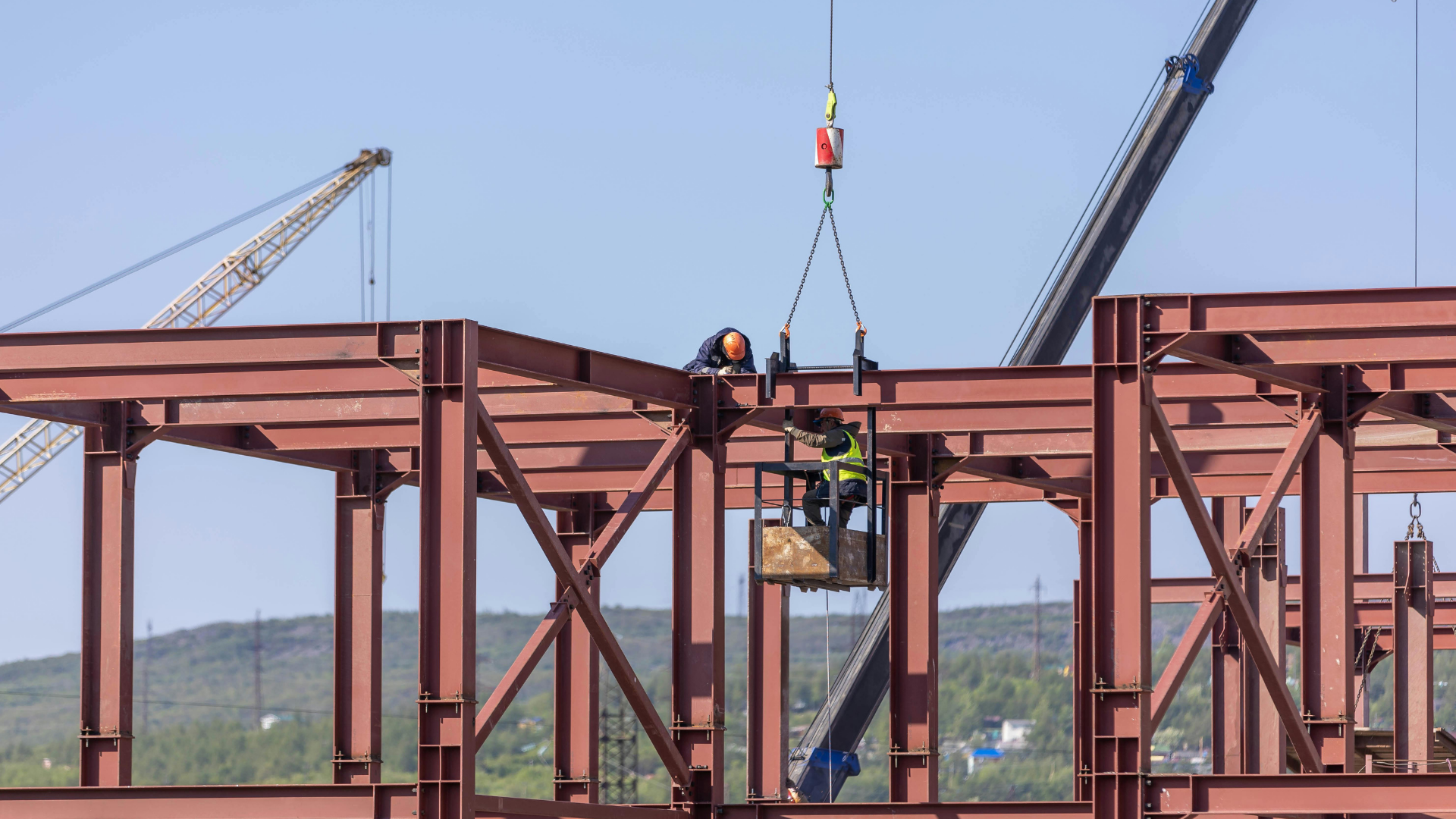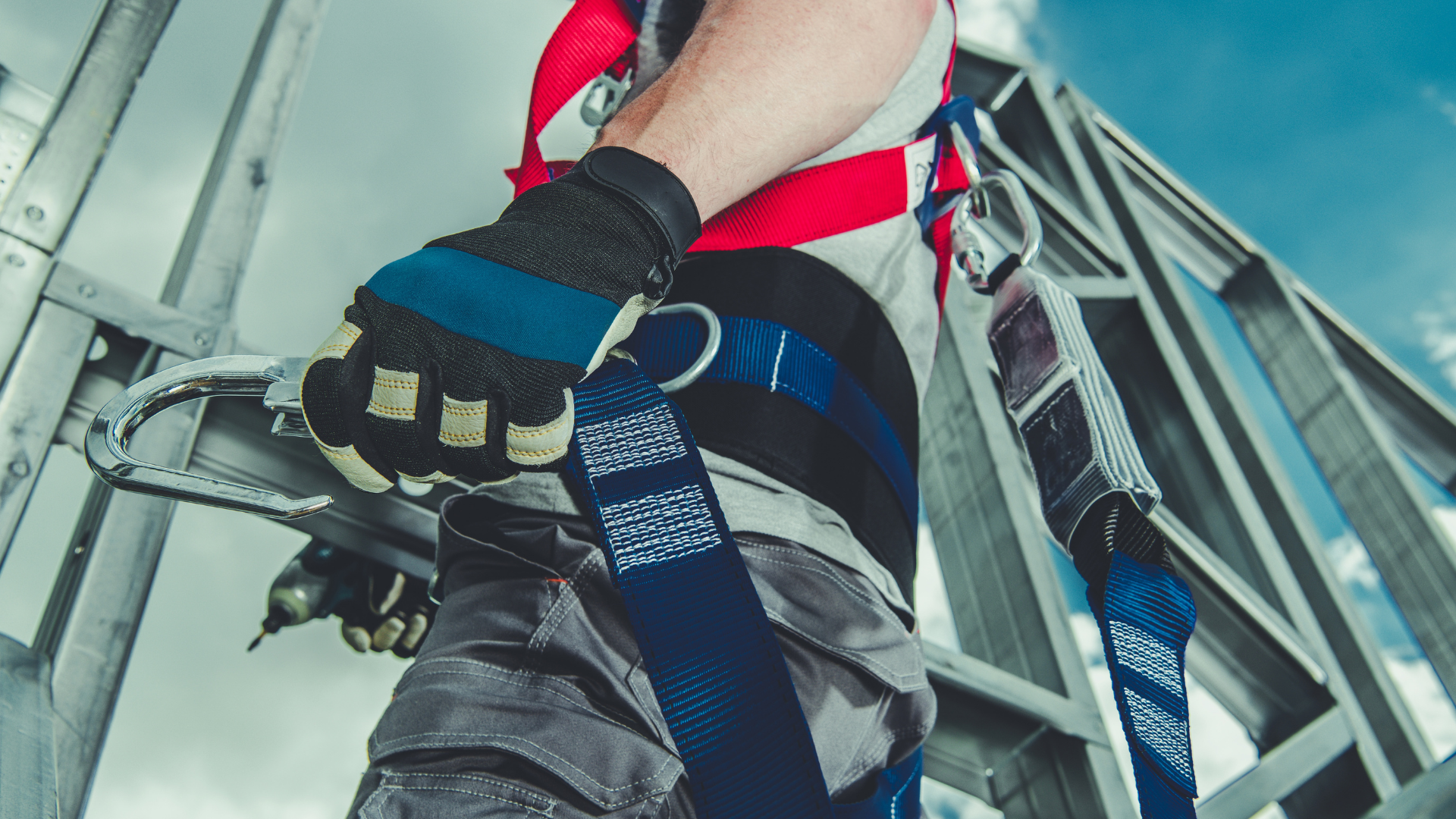Structural Steel Installation: Best Practices for Commercial Projects
Structural steel is the backbone of modern commercial construction. It remains one of the most versatile and reliable construction materials available today. Steel provides the sufficient strength, flexibility, and speed needed to meet today’s building demands, from warehouses to office towers.
But while the material itself is impressive, it takes expert labor and precise execution to ensure structural steel installation is done safely and correctly. Mistakes can lead to severe safety incidents, project delays, and costly rework.
For general contractors (GCs) and project managers (PMs), understanding what goes into a successful steel install—and partnering with the right crews—is critical.
Here’s what you need to know.
Understanding Structural Steel Installation
Key Tasks and Project Phases
Structural steel installation is more than just bolting beams together. It involves a series of highly coordinated tasks:
Layout: Marking anchor bolt locations and layout lines.
Lifting: Hoisting steel beams and other members into place with cranes.
Placing: Aligning and positioning members accurately.
Bolting/Welding: Securing connections with bolts and welds.
Alignment: Ensuring the steel frame is plumb, square, and within tolerance to support structural stability.
Typical phases include steel delivery and staging, initial lifts, progressive framing, detailing and final connections, and inspection and punch-list work. Proper installation is crucial for the performance and long-term durability of steel structures. Well-coordinated construction teams are essential to ensure each phase is completed safely and efficiently.
Equipment and Labor Requirements for Success
Essential Labor Roles
Executing steel installation safely and efficiently requires the right people, each bringing specialized skills to the project:
Ironworkers: The backbone of the crew, responsible for assembling and installing steel frameworks. They handle the physical placement, alignment, and bolting of steel components.
Riggers: Experts in attaching loads to cranes and controlling lifts. They ensure steel members are properly secured and balanced for safe hoisting.
Signalers: Critical for crane operations, these team members communicate with crane operators using hand signals or radio communication to guide precise placements.
Welders: Provide the final securing of joints and connections through various welding techniques. Their work ensures the structural integrity and long-term durability of the steel framework.
Each role is essential for maintaining project safety, efficiency, and quality. Proper coordination among these team members is key to a smooth steel erection process.
Critical Equipment
In addition to skilled labor, structural steel installation relies heavily on having the right equipment on site. The following tools and machinery are essential for ensuring safe, efficient, and accurate erection of steel components:
Cranes (mobile, crawler, tower)
Aerial lifts (boom lifts, scissor lifts)
Rigging gear (slings, shackles, spreader bars)
Welding tools (SMAW, FCAW)
Proper staffing by project phase is essential to maintaining schedule momentum. For example, initial steel placement requires more riggers and signalers, while detailing and welding phases lean on finish ironworkers.
Coordinating Structural Steel with Other Trades
Aligning with Project Specifications
Structural steel erection must conform to the project’s design documents, engineering standards, and contractual requirements. This coordination often includes input from the project’s structural engineer to verify compliance with architectural design intent and load requirements.
This includes:
Tolerance requirements: Ensuring the steel framework meets specified alignment and plumbness standards.
Integration with other systems: Coordinating steel placement to accommodate mechanical, electrical, plumbing, steel studs, and building envelope components.
Inspection milestones: Scheduling steel work to align with regular inspections and required approvals.
When crews understand and align with these specifications from the outset, the risk of rework, clashes with other trades, and delays is greatly reduced.
The Importance of Sequencing
The steel erection process is one piece of a complex process involving multiple trades and overlapping timelines. It must be carefully sequenced with:
Concrete crews for footings and slabs.
Envelope trades (curtain wall, roofing, insulation).
MEP contractors (mechanical, electrical, plumbing).
Strategies for Minimizing Trade Conflicts
Effective sequencing of structural steel work requires anticipating potential overlaps and conflicts with other trades. Successful project teams engage in meticulous planning and develop detailed schedules that account for steel delivery, staging areas, crane paths, and working space for each crew.
Regular coordination meetings and clear communication between trade leads help prevent unexpected delays and keep all teams aligned. By proactively managing these elements, GCs and PMs can ensure a smoother, safer jobsite workflow.
Factors for Successful Steel Crew Deployment
What to Look for in a Steel Crew
To execute structural steel installation successfully, GCs and PMs should prioritize:
Experience: Crews skilled in both PEMB (pre-engineered metal buildings) and conventional structural steel.
Regional mobility: Teams that can be deployed quickly across multiple U.S. regions.
Safety focus: A proven track record of safe, incident-free installs.
Coordination: Crews who communicate well and integrate seamlessly with other trades.
Alpha Labor Co. delivers on all fronts, supplying high-performance steel erection crews nationwide.
Prioritizing Safety in Structural Steel Installation
Common Hazards to Manage
Steel erection carries significant risks:
Falls: Working at heights on open steel.
Rigging Failures: Dropped loads due to improper rigging.
Weather Impacts and Environmental Conditions: High winds and lightning hazards.
Essential Safety Protocols
Strong safety standards and protocols are non-negotiable:
Use of appropriate protective equipment such as helmets, gloves, and harnesses.
Comprehensive fall protection.
Qualified rigging and lift planning.
Weather monitoring and work stoppage plans.
Not only do these measures protect workers, but they also help safeguard the structural stability of the partially erected steel frame during variable site conditions. Alpha Labor Co. exemplifies this with an EMR of 0.76 and over 500,000 hours worked without a lost-time incident. Our crews live a safety-first culture every day.
Expert structural steel installation is the foundation of successful construction projects across commercial and industrial sectors. Projects that plan early and engage experienced steel crews see better safety outcomes, faster builds, and fewer headaches.
GCs and PMs: Don’t leave steel to chance. Contact Alpha Labor Co. early in your project planning to schedule ready-to-deploy steel erection crews.
For more insights, explore:




